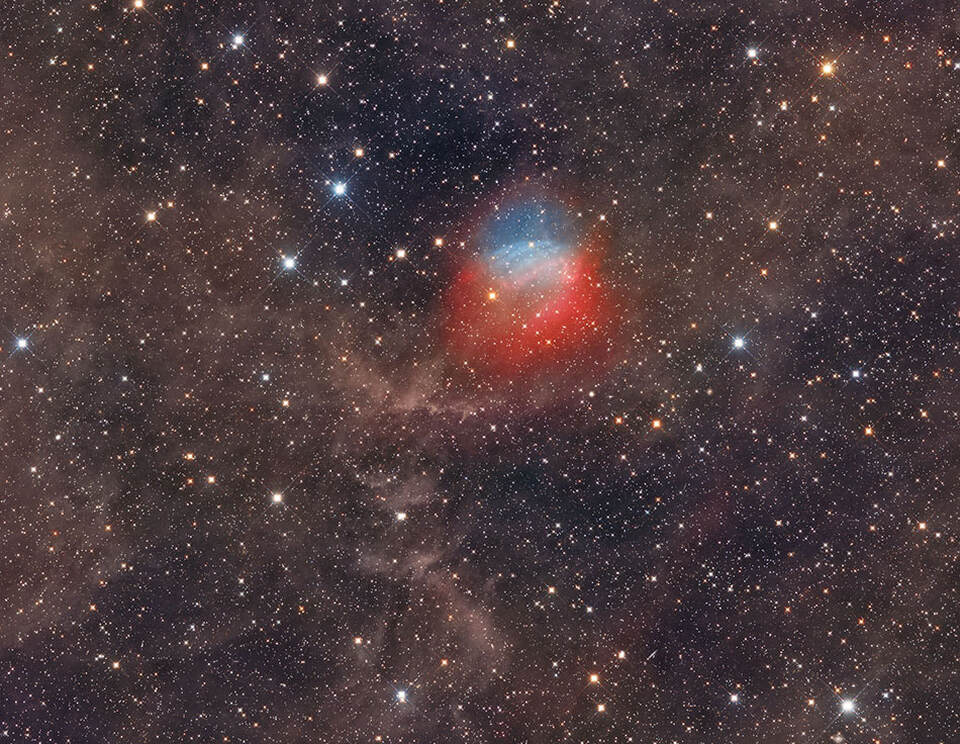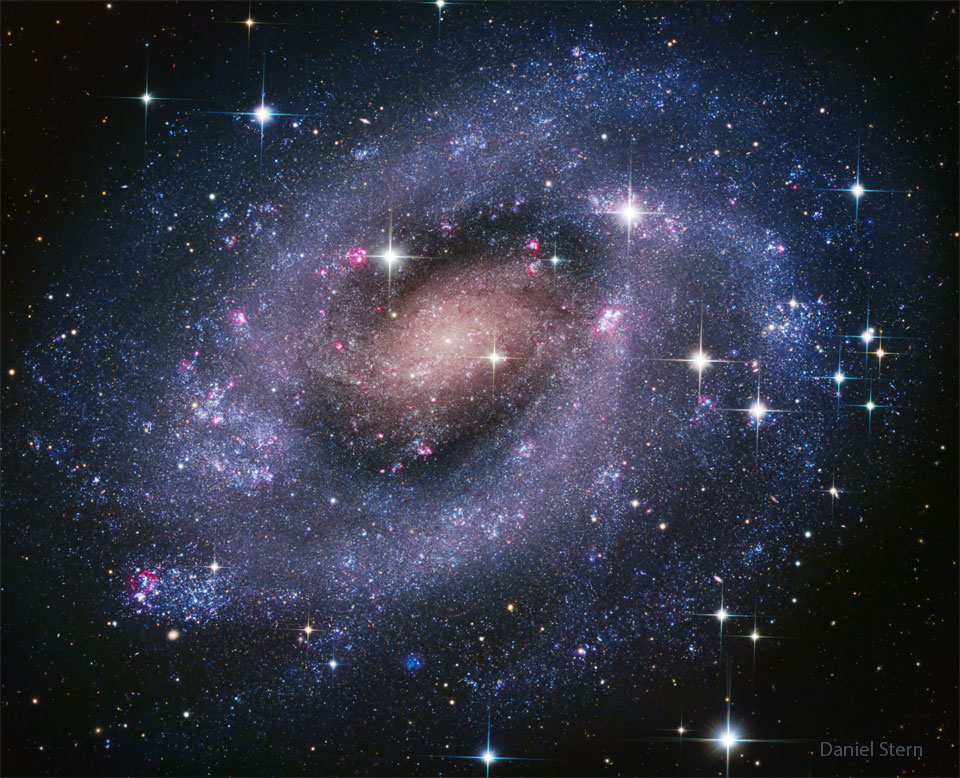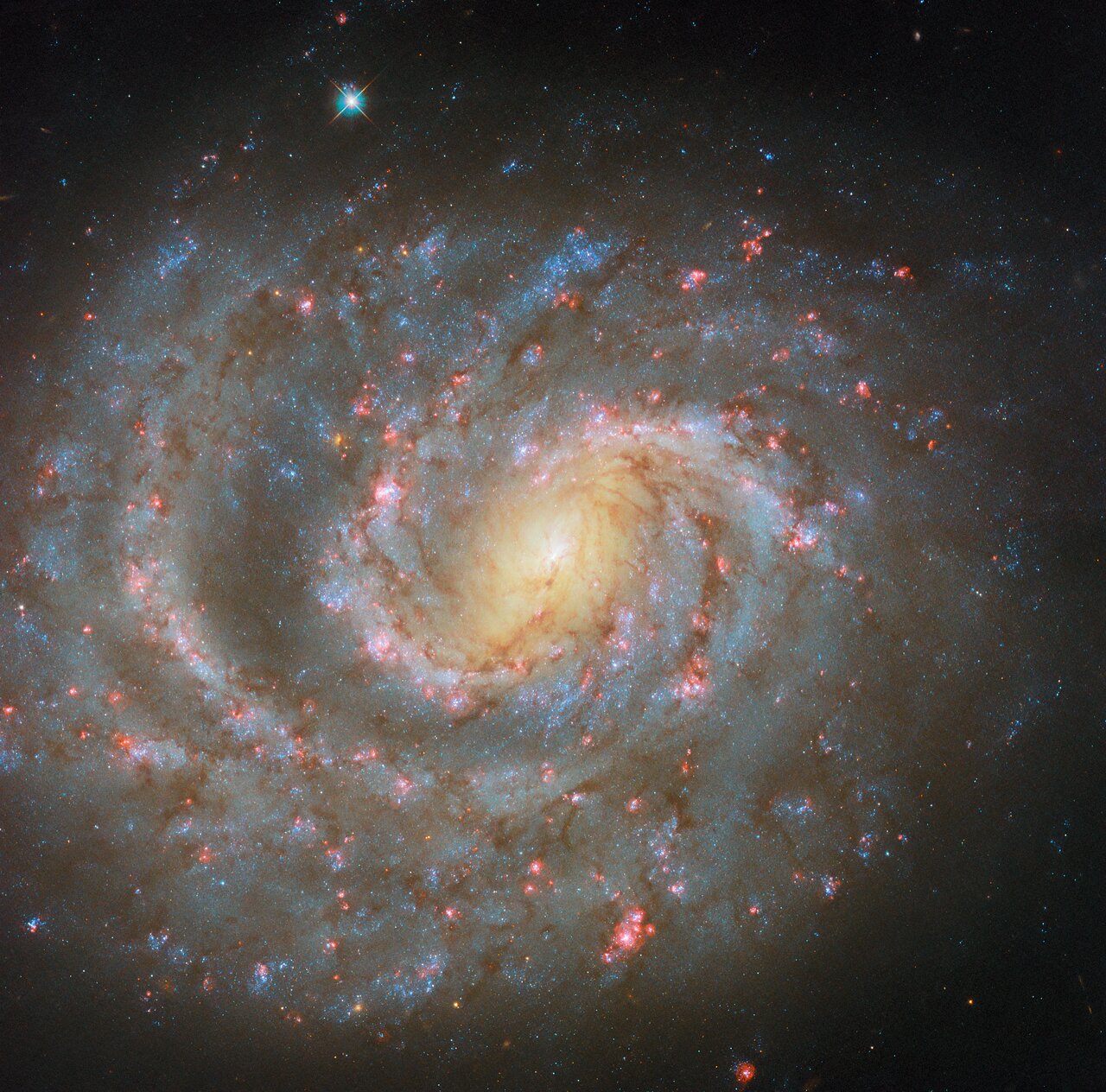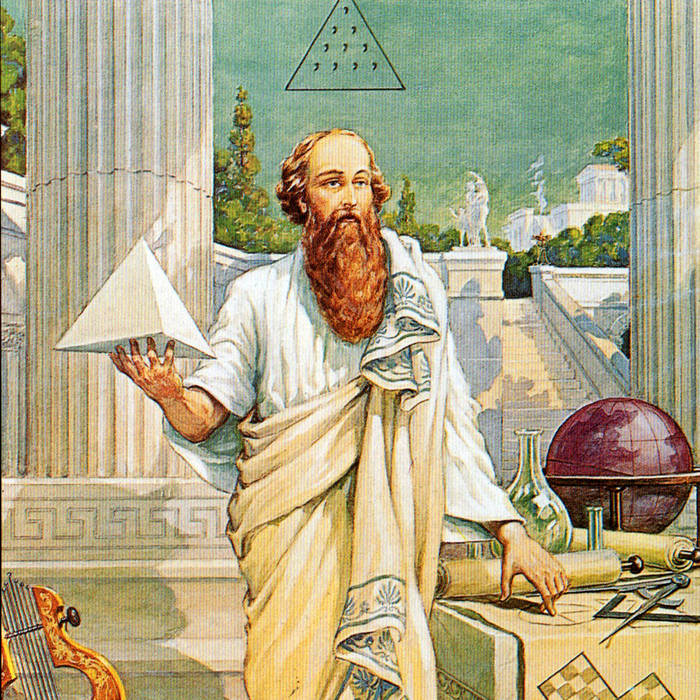Blog
Sh2-174 is a very faint but very large planetary nebula.
Located in the constellation of Cepheus and very close to the polar star.
It was discovered in the 1960s, and cataloged as a planetary nebula in the 1990s.
In the image we can see the Hydrogen zone and the other Oxygen zone very close together, but both take different directions.
Distance from Earth about 1000 light years and one of the closest planetary nebulae to Earth, with a magnitude of 14.75. ADAM BLOCK.

Dennis Carl Wilson (December 4, 1944 – December 28, 1983) was an American musician who co-founded the Beach Boys. He was their drummer and the middle brother of bandmates Brian and Carl Wilson. Dennis was the only true surfer in the Beach Boys, and his personal life exemplified the “California Myth” that the band’s early songs often celebrated. He was also known for his association with the Manson Familyand for co-starring in the 1971 film Two-Lane Blacktop.
Wilson served mainly on drums and baritone backing vocals for the Beach Boys. His playing can be heard on many of the group’s hits, belying the popular misconception that he was always replaced on record by studio musicians. He originally had few lead vocals on the band’s songs due to his limited baritone range, but his prominence as a singer-songwriter increased following their 1968 album Friends. His music is characterized for reflecting his “edginess” and “little of his happy charm.” His original songs for the group included “Little Bird” (1968), “Forever” (1970) and “Cuddle Up” (1972). Friends and biographers have asserted that he was an uncredited writer on “You Are So Beautiful“, a 1974 hit for Joe Cocker frequently performed by Wilson in concert.
During his final years, Wilson struggled with alcoholism and the use of other drugs (including cocaine and heroin), exacerbating longstanding tensions with some of his bandmates. His solo album, Pacific Ocean Blue (1977), was released to warm reviews and moderate sales comparable to those of contemporaneous Beach Boys albums.Sessions for a follow-up, Bambu, disintegrated before his death from drowning in 1983 at age 39. In 1988, he was posthumously inducted into the Rock and Roll Hall of Fameas a member of the Beach Boys.
more...Terence Woods (born 4 December 1947) is an Irish folk musician, songwriter/singer and multi-instrumentalist.
He is known for his membership in such folk and folk-rock groups as the Pogues, Steeleye Span, Sweeney’s Men, the Bucks, Dr. Strangely Strange and the short-lived Orphanage, with Phil Lynott. Woods also played with his wife Gay, billed initially as the Woods Band and later as Gay and Terry Woods.
Woods is most associated with the mandolin and cittern, but also plays acoustic and electric guitars, mandola, five-string banjo and concertina.
more...Lynford “Hux” Brown (4 December 1944 – 18 June 2020) was a Jamaican guitarist who featured on many successful rocksteady and reggae records in the 1960s and 1970s, and was later a member of Toots and the Maytals.
Brown was born in Port Antonio. When at school he was nicknamed “Fordie”, then “Fordux”, which became “Hux”. He formed a band, the Vikings, before moving to Kingston where he joined the Soul Brothers at Clement Dodd‘s Studio One label. In 1967, he moved to the rival Treasure Isle studio for producer Duke Reid, and the following year, Brown joined the All Stars, another studio band organised by Gladdy Anderson. He also recorded extensively with Lee “Scratch” Perry.
He played rhythm guitar on many hit rocksteady and reggae records including the influential “Girl I’ve Got A Date” by Alton Ellis, “Ba Ba Boom” by the Jamaicans, and “Bangarang” by Lester Sterling, which some regard as the first reggae record. He also played on “Rivers of Babylon” by the Melodians and “The Harder They Come” by Jimmy Cliff; and in 1971 was recruited by Paul Simon to play lead guitar on “Mother and Child Reunion“.
Brown later joined the touring version of Toots and the Maytals, where he remained for some 35 years.
He died in Oakland, California, aged 75.
more...James Stanley Hall (December 4, 1930 – December 10, 2013) was an American jazz guitarist, composer and arranger.
In 1956, Hall moved to Los Angeles, where he studied classical guitar with Vicente Gómez. In 1955 and 1956, Hall played in Chico Hamilton‘s quintet, a group associated with the cool jazz movement, and Hall’s playing began to gain attention from critics and fellow musicians.
Hall left Hamilton’s group to join another cool jazz ensemble, the Jimmy Giuffre Three, and he worked on and off with Giuffre from 1957 to 1960. Hall recorded his first solo album for Pacific Jazz in 1957, though the album made only a modest impact, and Hall did not get to record a follow-up until 1969.
During the late 1950s and early 1960s, Hall developed a preference for “challenging arrangements and interactive improvisation in duos and trios.” He taught at the Lenox School of Jazz in Massachusetts in the summer of 1959. Hall toured during the late 1950s with Jazz at the Philharmonic and worked around this time in Los Angeles with Ben Webster, appearing on Ben Webster at the Renaissance (recorded in 1960). During 1959, he recorded the first of six albums as a featured soloist with Paul Desmond. In 1960, Hall also toured and recorded with Ella Fitzgerald in Europe.
Hall moved to New York City around 1960 and began performing with band leaders including Lee Konitz (1960–61), Sonny Rollins(1961–62, 1964), and Art Farmer (1962–64). He formed a studio partnership with Bill Evans during this time, appearing on five albums with Evans from 1962 to 1966. Hall also worked as a studio guitarist for commercial recording dates during the early and mid-1960s. As a freelance studio musician, he appeared on albums by singers Big Joe Turner, Johnny Hartman, June Christy, Big Miller, and Freda Payne, as well as on commercially-oriented orchestral pop and jazz albums by Quincy Jones, Lalo Schifrin, Oliver Nelson, and Gary McFarland. His freelance jazz work in the 1960s covered a range of styles. He participated in cool jazz, bossa nova, and third stream albums led by John Lewis, Gerry Mulligan, Bob Brookmeyer, and Paul Desmond. Hall recorded bebop and hard bop sessions with Sonny Stitt, Nat Adderley, and Sonny Rollins. He recorded a soul jazz session with Hammond organist Paul Bryant.
more...1965: 12-3-65 release date: The Beatles, Rubber Soul (UK)
more...Frank Grillo (born Francisco Raúl Gutiérrez Grillo; December 3, 1909 – April 15, 1984) known professionally as Machito (previously as Macho), was a Latin jazz musician who helped refine Afro-Cuban jazz and create both Cubop and salsa music. He was raised in Havana with his sister, singer Graciela.
In New York City, Machito formed the Afro-Cubans in 1940, and with Mario Bauzá as musical director, brought together Cuban rhythms and big band arrangements in one group. He made numerous recordings from the 1940s to the 1980s, many with Graciela as singer. Machito changed to a smaller ensemble format in 1975, touring Europe extensively. He brought his son and daughter into the band, and received a Grammy Award in 1983, one year before he died.
Machito’s music had an effect on the careers of many musicians who played in the Afro-Cubans over the years, and on those who were attracted to Latin jazz after hearing him. George Shearing, Dizzy Gillespie, Charlie Parker, Cab Calloway and Stan Kenton credited Machito as an influence. An intersection in East Harlem is named “Machito Square” in his honor.
more...This galaxy is unusual for how many stars it seems that you can see. Stars are so abundantly evident in this deep exposure of the spiral galaxy NGC 300 because so many of these stars are bright blue and grouped into resolvable bright star clusters. Additionally, NGC 300 is so clear because it is one of the closest spiral galaxies to Earth, as light takes only about 6 million years to get here. Of course, galaxies are composed of many more faint stars than bright, and even more of a galaxy’s mass is attributed to unseen dark matter. NGC 300 spans nearly the same amount of sky as the full moon and is visible with a small telescope toward the southern constellation of the Sculptor. The featured image was captured in October from Rio Hurtado, Chile and is a composite of over 20 hours of exposure.

more...
Duane Roland (December 3, 1952 – June 19, 2006) was an American guitarist for the Southern hard rock band Molly Hatchet. He was a member of the band from its founding in the mid-1970s until his departure in 1990. After leaving the band he played with the Southern Rock Allstars and Gator Country, which included many of the founding members of Molly Hatchet.
more...Clarence Joseph Ford, Sr. (December 16, 1929 – August 9, 1994) was an American saxophonist and clarinetist, who played and recorded with many of New Orleans’ leading R&B and jazz artists in a career spanning more than 40 years. Clarence Ford had his initial professional job at age 15 with the Eureka Brass Band in 1945 when he played E-flat clarinet at a Mardi Gras gig. He said in an interview that at the time he only knew three songs– “The Saints”, “Lady Be Good”, and “Panama”. In 1948 Ford joined Wallace Davenport’s Bebop Jockeys after switching to alto saxophone. He bought his first alto sax at Werlein’s for Music in New Orleans, and his idol was Charlie Parker. Ford joined the Johnson Brothers band in 1949. The Johnson brothers Ray and Plas, Jr. were from a musical family and had been professionals since they played their first gig at ages 13 and 12 years old respectively. Ford recorded for the first time on the Johnson Brothers’ De Luxe Records release “Mellow Mama” in August 1949. The session was supervised by De Luxe A&R man Paul Gayten, and, in addition to Ford, featured Harold Battisteon baritone sax, Lloyd Lambert on bass, Reynold Richards on piano, and Ed Blackwell on drums. Clarence Ford also worked as an orderly at Charity Hospital for $20 a week, in addition to his music dates, to support his wife and two children. The Johnson Brothers band broke up when Plas went on the road with Charles Brown’s band in 1951. Ford left New Orleans for Detroit to stay with his uncle Percy Gabriel. He got a job at the Ford Motor plant but was laid off after two months. When he returned to New Orleans he went to work recording with Dave Bartholomew, whose band included Bartholomew on trumpet, Earl Palmer on drums, Red Tyler, Clarence Hall and Meyer Kennedy on saxophones, Salvador Doucette on piano, and Frank Fields on bass. Ford played on recordings by Dave Bartholomew’s band, and other artists he produced. He worked a day job with Joe Jones at a New Orleans paper company. Ford worked with the Lloyd Lambert Orchestra, including a month-long stay at the Dew Drop Inn in May 1953. In 1954 he and friend trumpeter Dalton “Red” Rousseau were hired by manager Hosea Hill to play in Guitar Slim’s band. Ford was recruited as a baritone sax player and, since he did not own a baritone sax, borrowed one from friend Ellis Marsalis, who had switched to piano. On the road Slim rode ahead in his Cadillac, and the band rode behind with the equipment in a station wagon. Ford stayed with Guitar Slim until 1956, then returned home to New Orleans. He played around New Orleans, often sitting in at the Dew Drop Inn, playing tenor sax for $10 a night with Earl King on guitar and James Booker on piano. He worked days at the Dixie Beer brewery making $6 a day. Tenor sax man Herb Hardesty approached Ford in January 1957 about joining Fats Domino’s band. Ford came aboard to play baritone sax.
more...Kanaka Dasa (1509–1606) was a Haridasa saint and philosopher of Dvaita Vedanta, also known as Daasashreshta Kanakadasa (ದಾಸಶ್ರೇಷ್ಠ ಕನಕದಾಸ) from present-day Karnataka, India. He was a follower of Madhvacharya‘s Dvaita philosophy and a disciple of Vyasatirtha. He was a composer of Carnatic music, poet, reformer and musician. He is known for his keertanas and ugabhoga, and his compositions in the Kannada language for Carnatic music. Like other Haridasas, he used simple Kannada and native metrical forms for his compositions.
more...Edward “Corky” Cornelius (December 3, 1914 – August 3, 1943) was an American jazz trumpeter.
Cornelius’s father was a drummer who worked regionally in dance bands in Texas. He was born in Indiana and raised in Binghamton, New York, and began his career in the early 1930s, playing with Les Brown, Buddy Rogers, and Frank Dailey. He joined Benny Goodman‘s band early in 1939, and went with Gene Krupa when the drummer split off to form his own group.
While there, Cornelius met singer Irene Daye, whom he married soon after. He played with the Casa Loma Orchestra from 1941 until 1943, when he died suddenly of kidney failure. His widow, Daye, married Charlie Spivak, in 1950.
more...The subject of this NASA/ESA Hubble Space Telescope Picture of the Week is NGC 1637, a spiral galaxy located 38 million light-years from Earth in the constellation Eridanus.
This image comes from an observing programme dedicated to studying star formation in nearby galaxies. Starsform in cold, dusty gas clouds that collapse under their own gravity. As young stars grow, they heat their nurseries through starlight, winds, and powerful outflows. Together, these factors play a role in controlling the rate at which future generations of stars form.
Evidence of star formation is scattered all around NGC 1637, if you know where to look. The galaxy’s spiral arms are dotted with what appear to be pink clouds, many of which are accompanied by bright blue stars. The pinkish colour comes from hydrogen atoms that have been excited by ultraviolet light from young, massive stars. This contrasts with the warm yellow glow of the galaxy’s centre, which is home to a densely packed collection of older, redder stars.
The stars that set their birthplaces aglow are comparatively short-lived, and many of these stars will explode as supernovae just a few million years after they’re born. In 1999, NGC 1637 played host to a supernova, pithily named SN 1999EM, that was lauded as the brightest supernova seen that year. When a massive star expires as a supernova, the explosion outshines its entire home galaxy for a short time. While a supernova marks the end of a star’s life, it can also jump start the formation of new stars by compressing nearby clouds of gas, beginning the stellar lifecycle anew.
[Image Description: A spiral galaxy filling the view. Its disc is filled with bright red spots where stars are forming, dark reddish threads of dust that obscure light, and bluish glowing areas where older stars are concentrated. It has a large, glowing yellow oval area at the centre, from which two spiral arms wind through the galaxy’s disc. The bottom side of the disc is rounded while the top side is somewhat squared-off.



